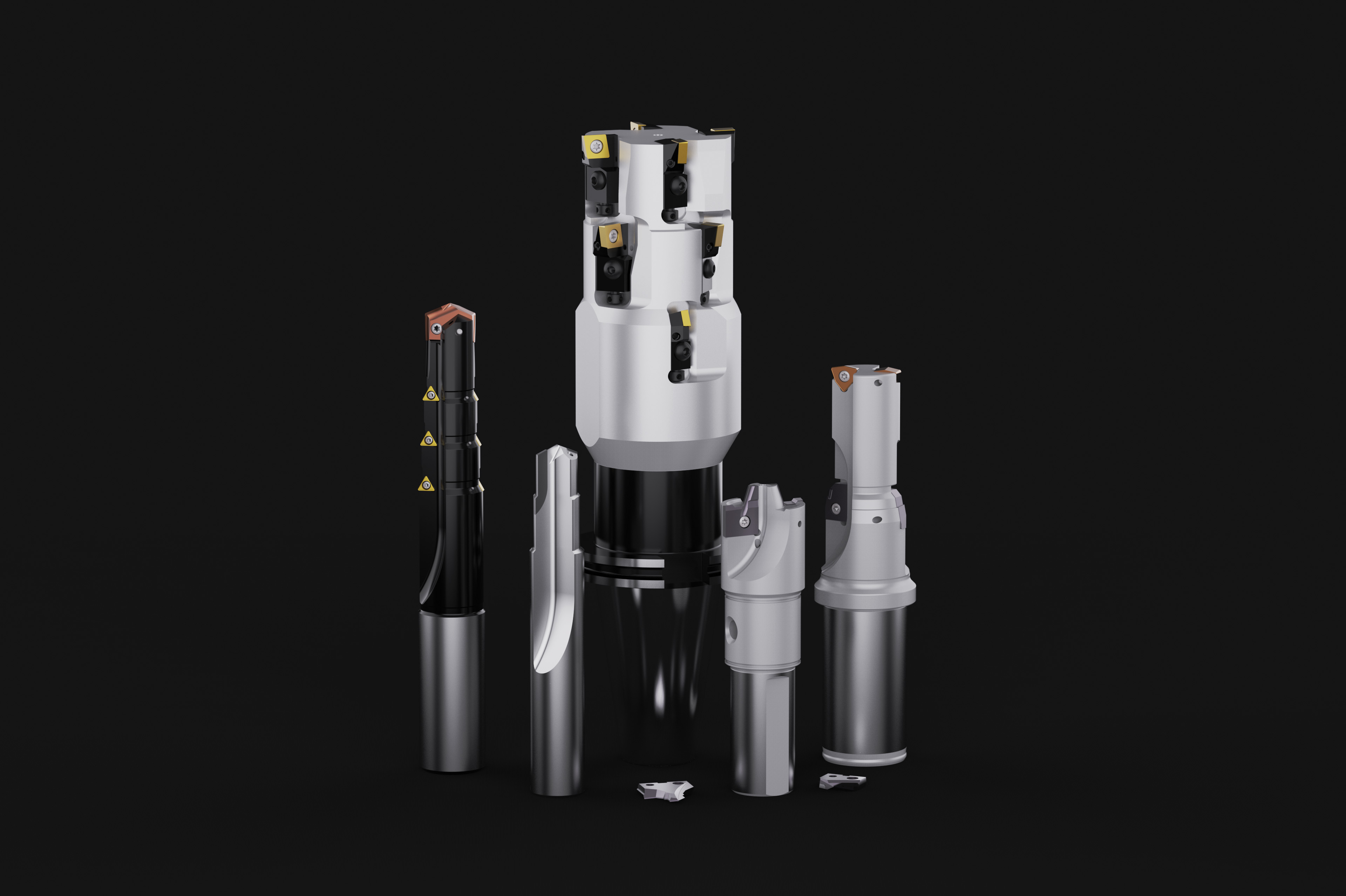Sandvik Coromant Drill Provides High Hole Integrity
CoroDrill 860 solid carbide drill is optimized for drilling in nickel-based, HRSA materials.
Sandvik Coromant has introduced a new solid carbide drill optimized for drilling in nickel-based, heat-resistant super alloy (HRSA) materials, with a standard drilling depth capability of up to 8 × D.
According to Sandvik Coromant, the new CoroDrill 860 offers a consistent and predictable tool life with high hole integrity, which is important for applications with high demands and processes in place to safeguard quality, such as the aerospace industry.
There are several features that contribute to the high performance for HRSA materials. First is the specialized grade — S2BM — which combines a fine-grained cemented carbide substrate, a multilayer physical vapor deposition (PVD) coating and a post-treatment, delivering maximum tool life. Additionally, it features geometry with optimized clearance angles and highly controlled edge preparation, flute shape, corner chamfer and double margin, providing performance and process security.
The company’s extensive design development and comprehensive product tests in multiple HRSA materials have shown that the CoroDrill 860 with -SD geometry performs consistently in 3, 5 and 8 × D applications, offering excellent machining stability and process security. This makes process planning and cost calculations more reliable when predicting tool life and conducting cost-per-part analysis.
RELATED CONTENT
-
Inserts For Difficult Materials
Economic efficiency is an important consideration when choosing tools for challenging metals.
-
10 Tips for Titanium
Simple process considerations can increase your productivity in milling titanium alloys.
-
A New Milling 101: Milling Forces and Formulas
The forces involved in the milling process can be quantified, thus allowing mathematical tools to predict and control these forces. Formulas for calculating these forces accurately make it possible to optimize the quality of milling operations.





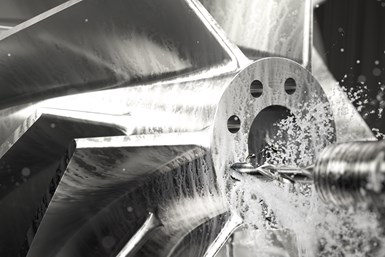


.1692800306885.png)
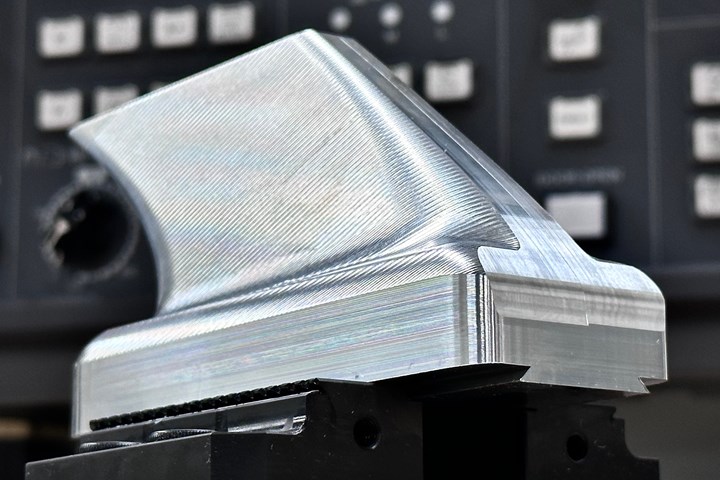
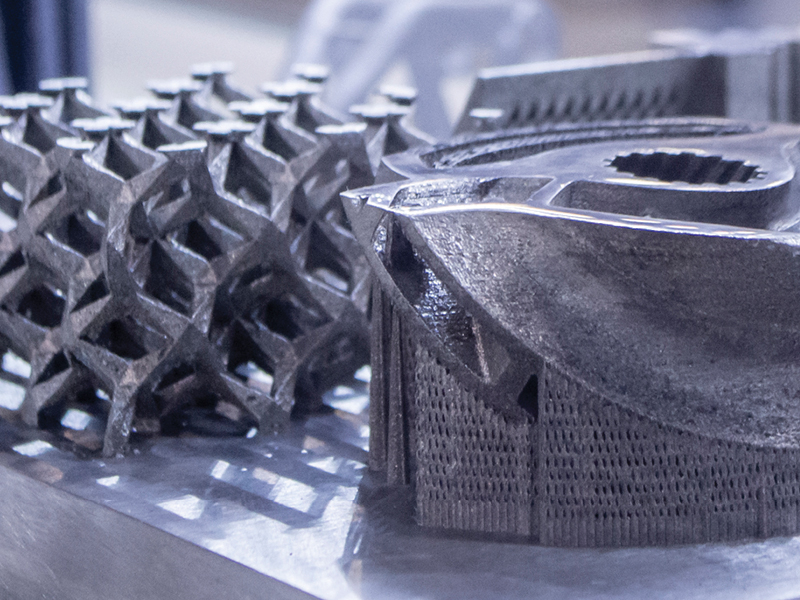
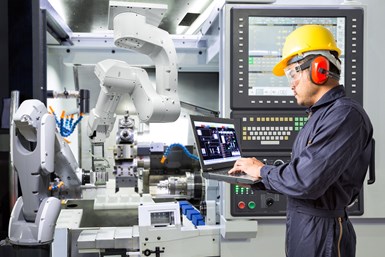

.1687801407690.png)
